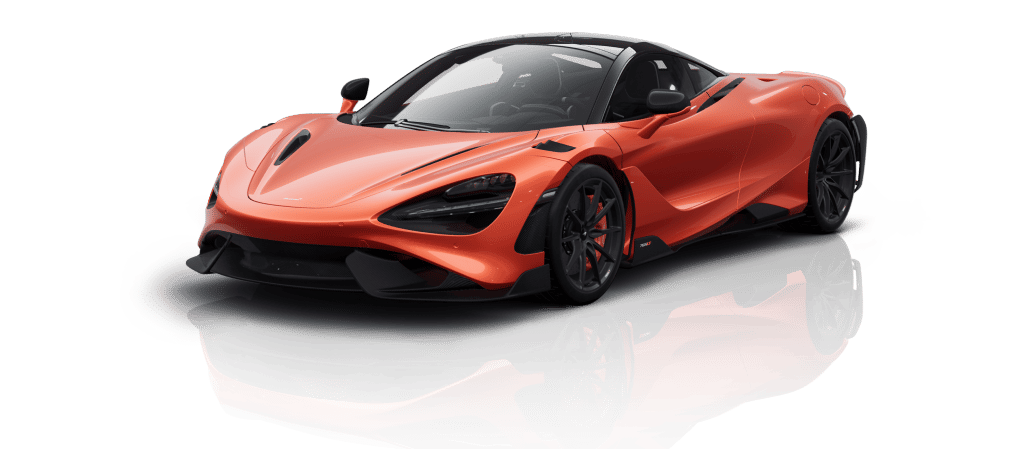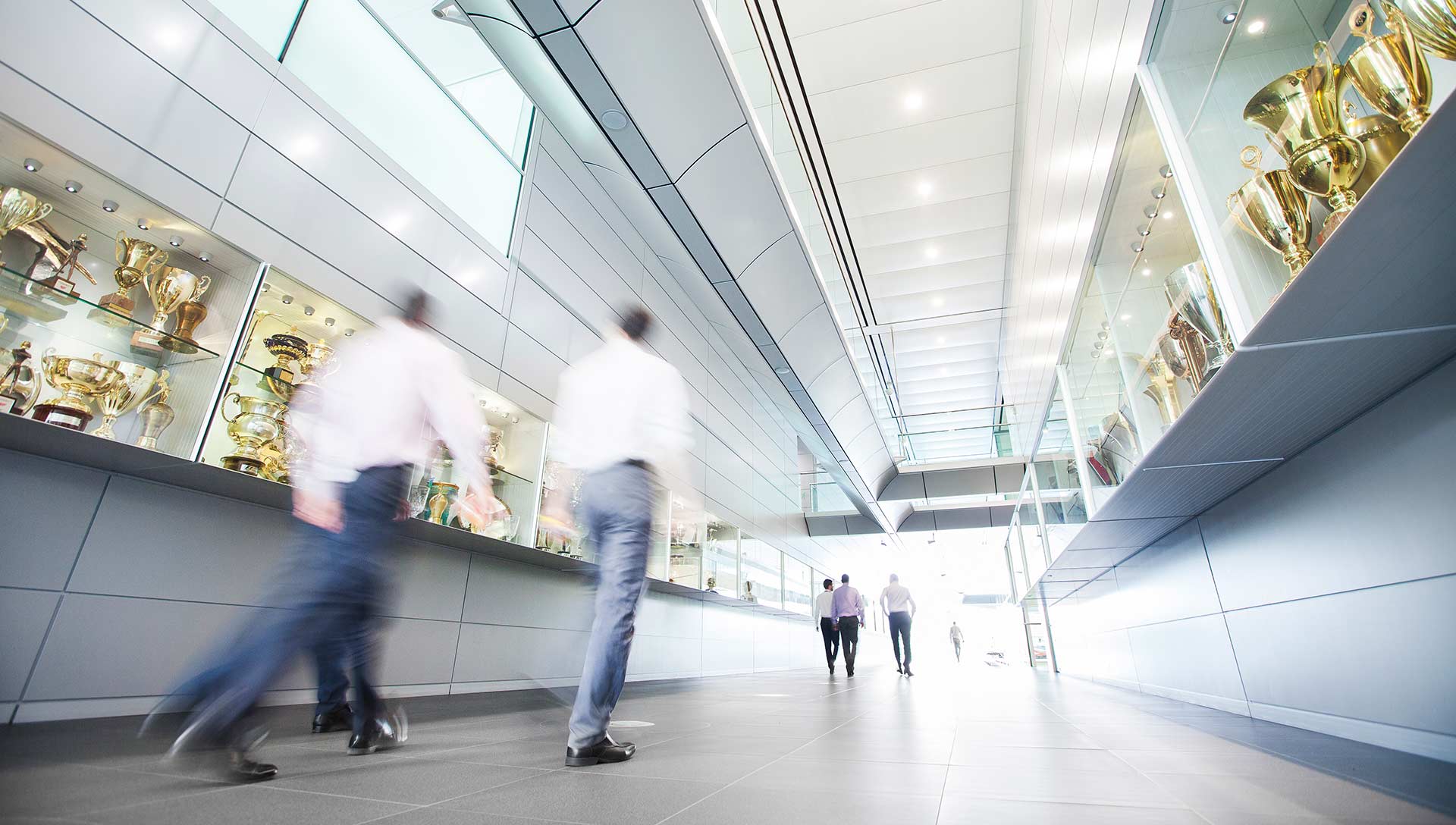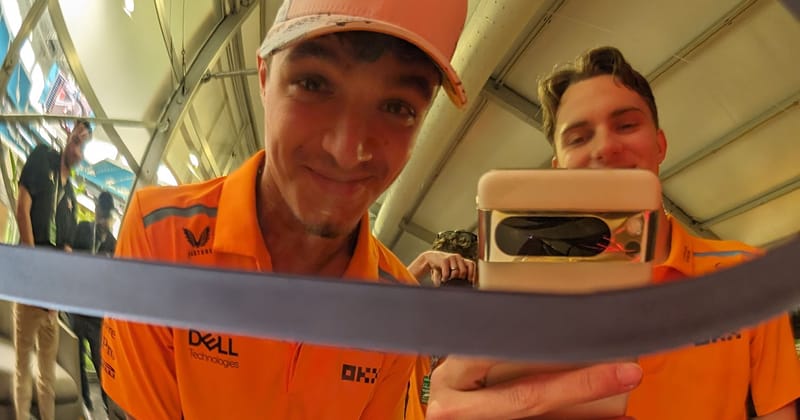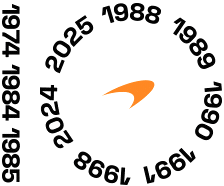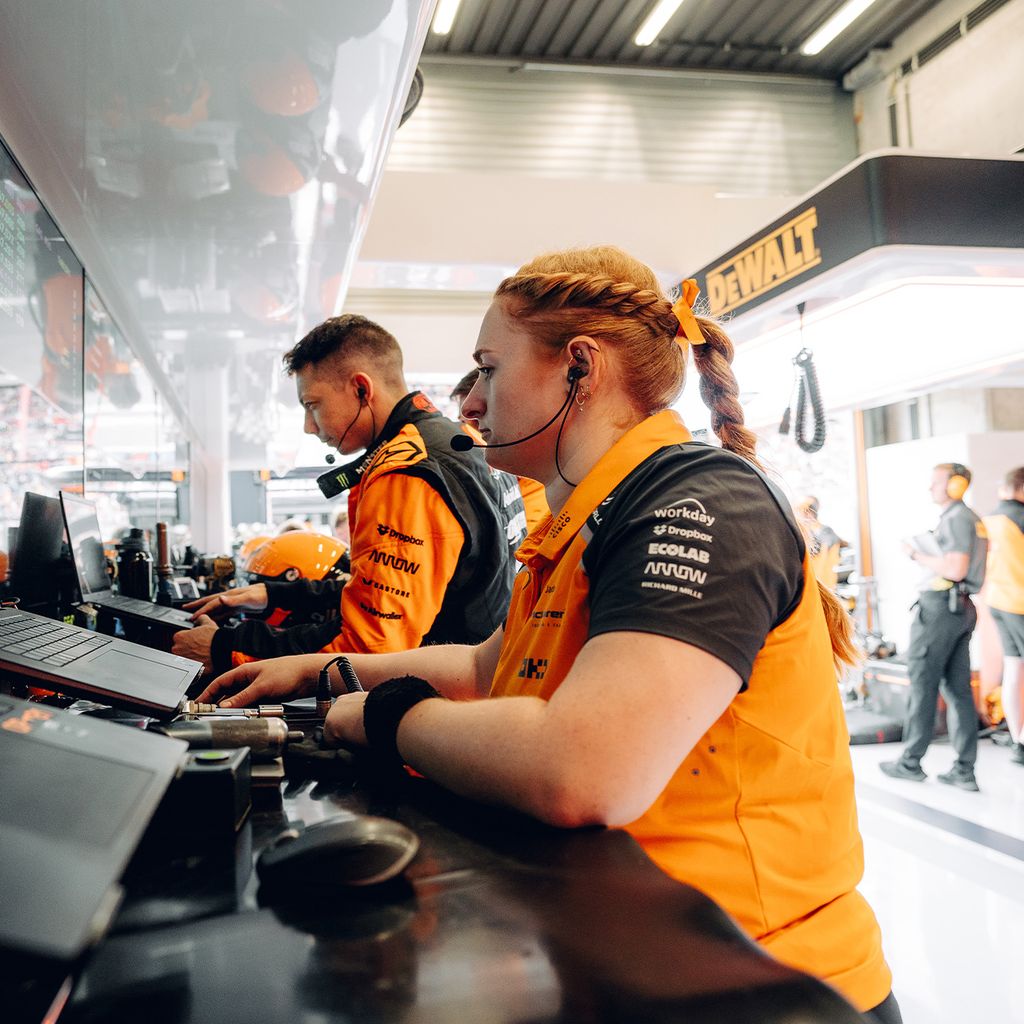
The Belgian Grand Prix Briefing - powered by Google Cloud
One stop or two? And the trade-off between downforce and drag: Answering this weekend’s key questions

Welcome to The Briefing, where we’ll be answering the key on-track questions ahead of the Belgian Grand Prix.
Each week, powered by Google Cloud, we’ll be speaking to one of our trackside experts to walk you through the biggest talking points and provide you with a simplified guide of what you’ll need to know to jump straight into the action. This week, ahead of FP1, we spoke to Adrian Goodwin.
Much like Silverstone, the circuit in Spa-Francorchamps is among F1’s oldest and most iconic, but also the most challenging. The track remains the longest on the calendar and features several of F1’s most famous corners, most notably, Eau Rouge and Raidillon. Spa is also similar to Silverstine in that it offers up extremely unpredictable weather conditions.
As this is a Sprint weekend, the team will be kept busy trying to answer all of the key questions in just one practice session. This includes the trade-off between downforce and drag, Pirelli’s refreshed compound options, our strategy options, and even some new parts.
In this weekend’s edition of the briefing, with Adrian's help, we’ll explain how we plan to answer these questions and what impact this will have on the team.
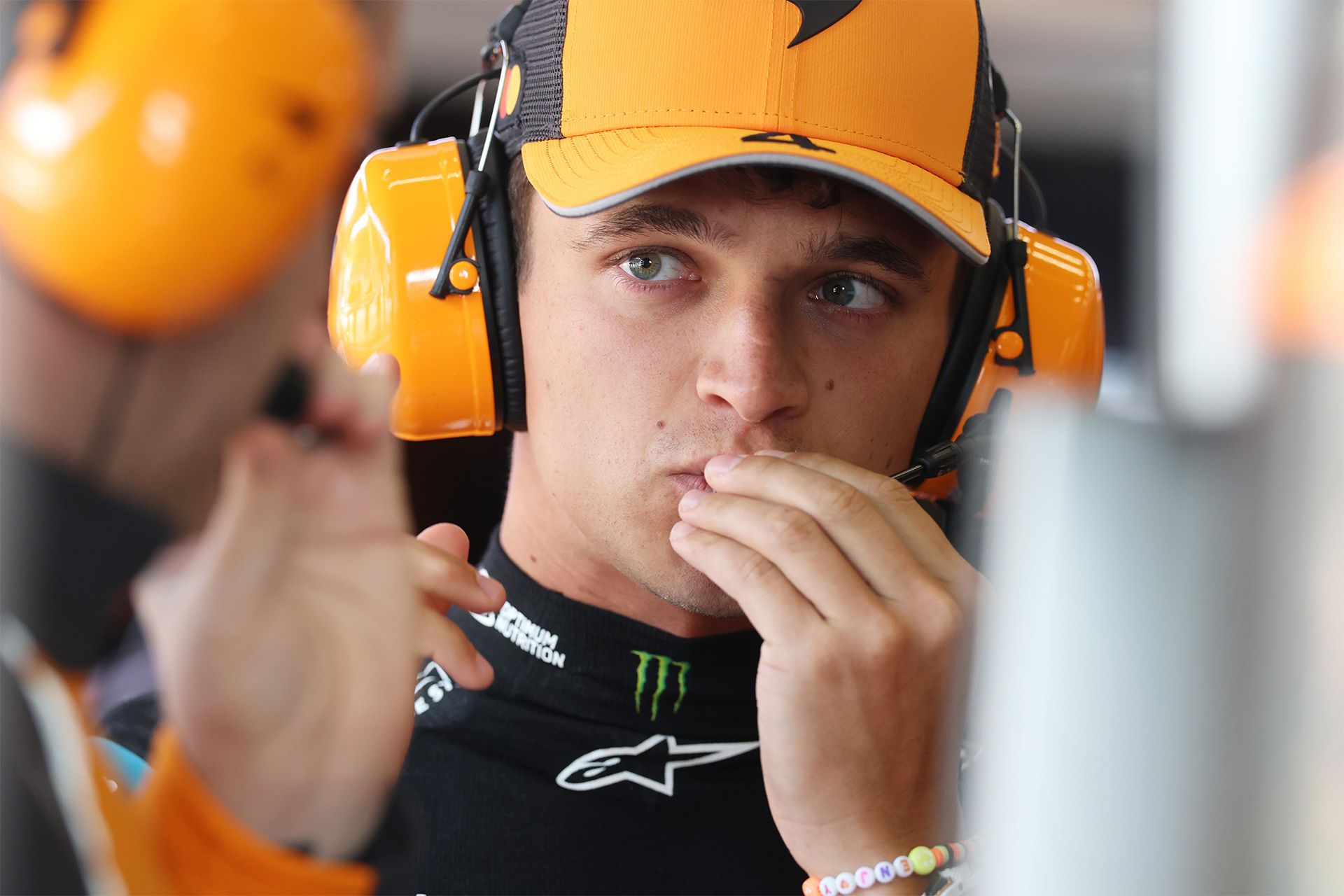
Last year, the Belgium Grand Prix had C2, C3 and C4 compounds. For 2025, Pirelli are experimenting with C1, C3, and C4. What impact should that have on the weekend… if the rain holds off?
So, the tyre allocation is a bit odd, compared to a normal weekend, and this is one of the big question marks for the practice session: how will the C1 perform, being a step harder than the Hard tyre from last year? We know it will do a decent stint length, being a harder tyre, but we need to know the pace delta, how it warms up, how it might perform in a Safety Car restart and so on. Given the limited learning time we have on a Sprint weekend, that’s quite a challenge.
At the Chequered Flag last year, the one-stop strategy was a surprise winner. What does this imply for the race this weekend?
With hindsight, it was pretty even between the strategies. I think the one-stop when you are the car that gets clean air after cars ahead pit is a little easier, whereas, when you’re the hunted trying to stay out and hold people off, it could be quite challenging. Certainly, it was close, and it shifted towards the one-stop in the race just because the track grip was coming up quite a bit through the afternoon.
Of course, last year a lot of the track had been resurfaced, and it will be interesting to see today if that has stabilised. It was quite high-grip last year, and gripped up further, which created challenges, with the drivers having the perception of good performance on the new tarmac and then the cars sliding around quite a bit in the middle of the lap, where the track hadn’t been resurfaced. Spa sees quite a lot of use, so it will be an important learning point in this session to see if there are still two different types of surface, or if Spa has homogenised.
Is it obviously a one- or two-stop race? The tyre allocation is designed to make it close, but whether the best option is a pushing two-stop, or a more managed one-stop, remains to be seen. It’s very close. Of course, within that, there are other choices: would a two-stop include a Hard tyre stint? At first glance, yes – but if it doesn’t look like a great tyre, then it moves back towards a two-stop on Medium and Soft. Whether or not we see graining on the softer compounds will be a factor in this. Last year, we saw graining on Friday, but in the race, it wasn’t a problem.
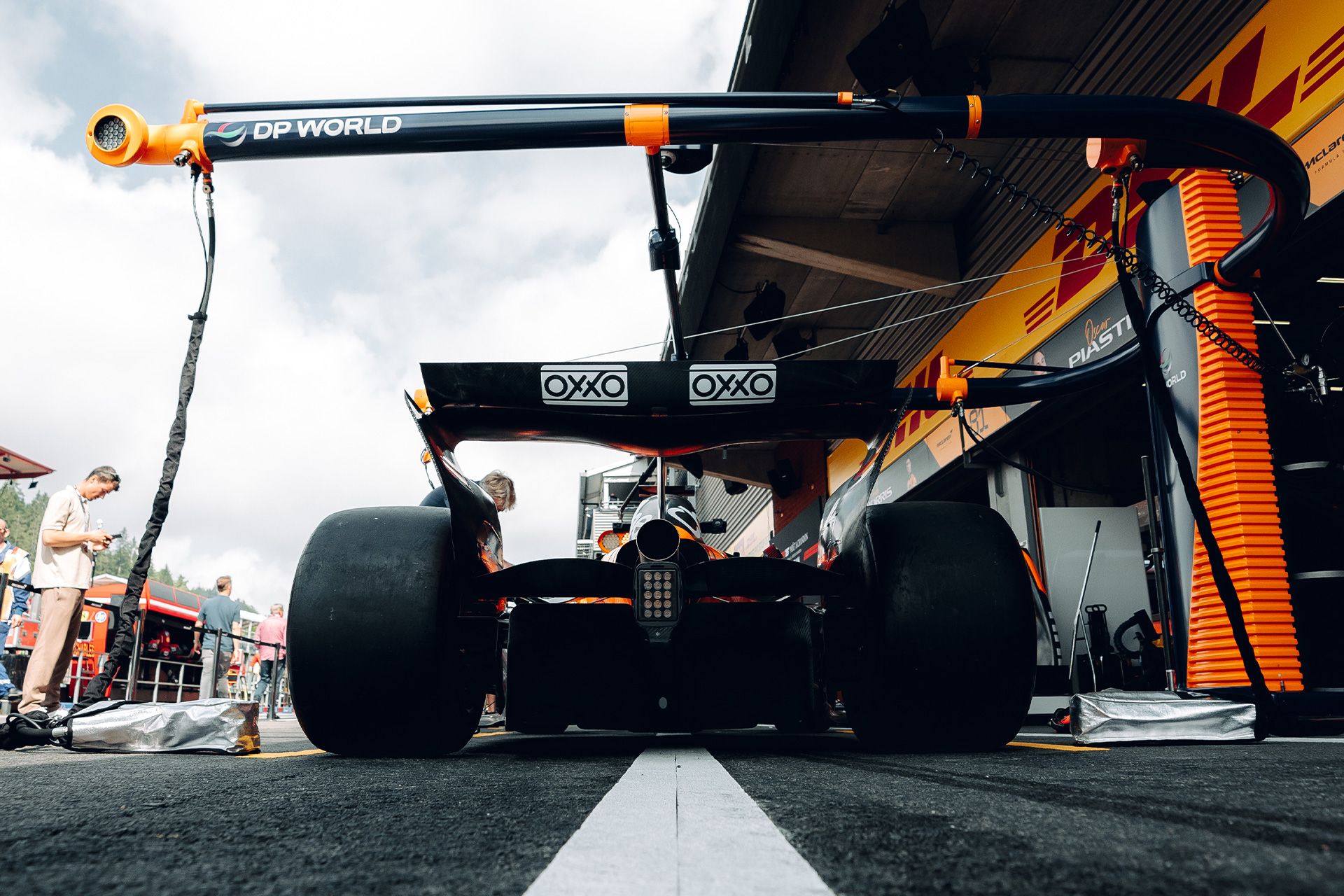
Lando tested a new floor at Silverstone, but the team had already said it wasn’t going to be raced there. Is it on the car this weekend?
Yes. It was signed off at Silverstone. We only had one available at that point, but we have a full set, including spares, now. So, it’ll be on both cars as the default from the start of practice.
We also have a new medium-low downforce rear wing to sign off on. It won’t be tested against the older version because, with just one practice session, there isn’t time. It’s expected to race because the medium downforce rear wing looks too high for this circuit, even in the wet.
Spa also provokes a trade-off between low drag for good end-of-straight speed, and higher downforce for the more twisty middle sector. Is there a wide range of adjustment having settled on a rear wing level?
There’s quite a bit to play with. The base rear wing assembly can cover a reasonable range. One of the interesting things at Spa is that the long full-throttle section from Blanchimont down to the Bus Stop doesn’t have DRS – and that introduces a few more options for the level of gurney you will choose to run, because you’re not necessarily focused on maximising the DRS effect.
The other thing we’ll look at is beam wings. With this era of cars, we have lots of options and different loading, which gives you quite a bit to play with.

Does the level of drag you’re prepared to run depend on where you’re expecting to qualify?
There’s an element of that – but ultimately you don’t want to be too far away in either direction, regardless of whether you’re expecting to start on the front row or not. If you have downforce on the high end, you’re not going to be able to overtake and, in Sector 2, where you could be quick, you’re likely going to be stuck behind another car and unable to exploit that pace.
…on the other hand, part of being able to overtake is getting good speed through the final chicane and Turn 1. So, while you can get stuck if you don’t have great straight-line speed, you can also get stuck without good traction out of those slower corners, unable to get the power down.
What else do you have to do in the single hour of practice?
Beyond committing to our tyre choices and signing off the new rear wing, it’s the usual story of dialling in ride heights and addressing questions of balance – there really isn’t time for much beyond that.
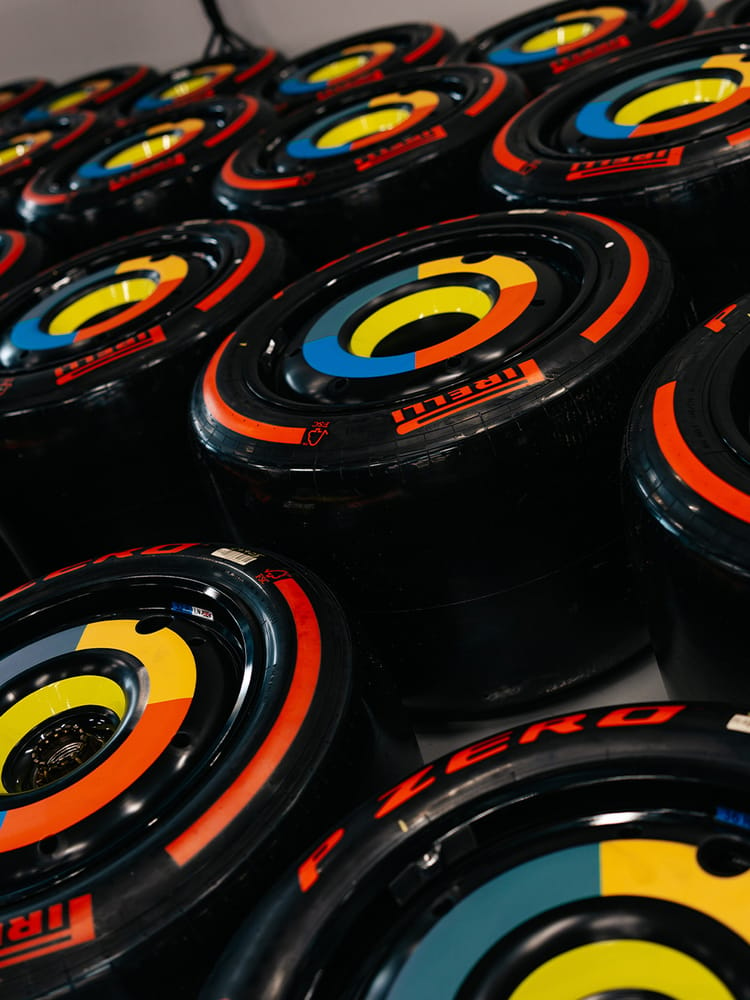
Find your competitive edge with Google Cloud
All of this is predicated on a dry session. What do you want to do in a wet session?
We’d still want to run, because the reality is that, if FP1 is wet, there’s a good chance Sprint Quali will be wet too. The priority is to get the car and driver into a good window for Sprint Quali, irrespective of the conditions.
McLaren Racing leverages Google Cloud AI to gain a competitive edge by visualising race data to provide real-time insights, and creating efficiencies across processes and resources.
Recent articles
All articles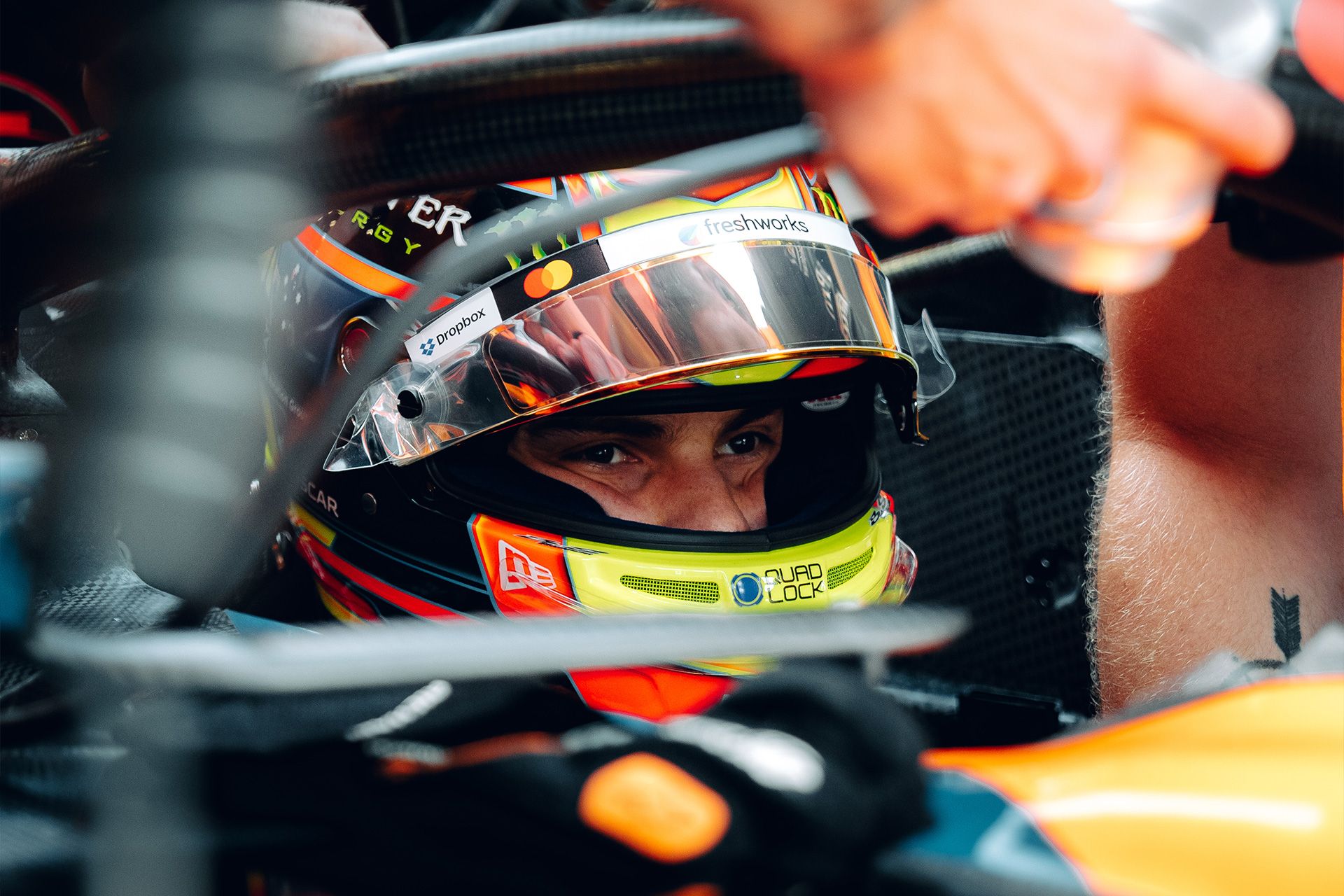
Preview: The 2025 Belgian Grand Prix – presented by OKX
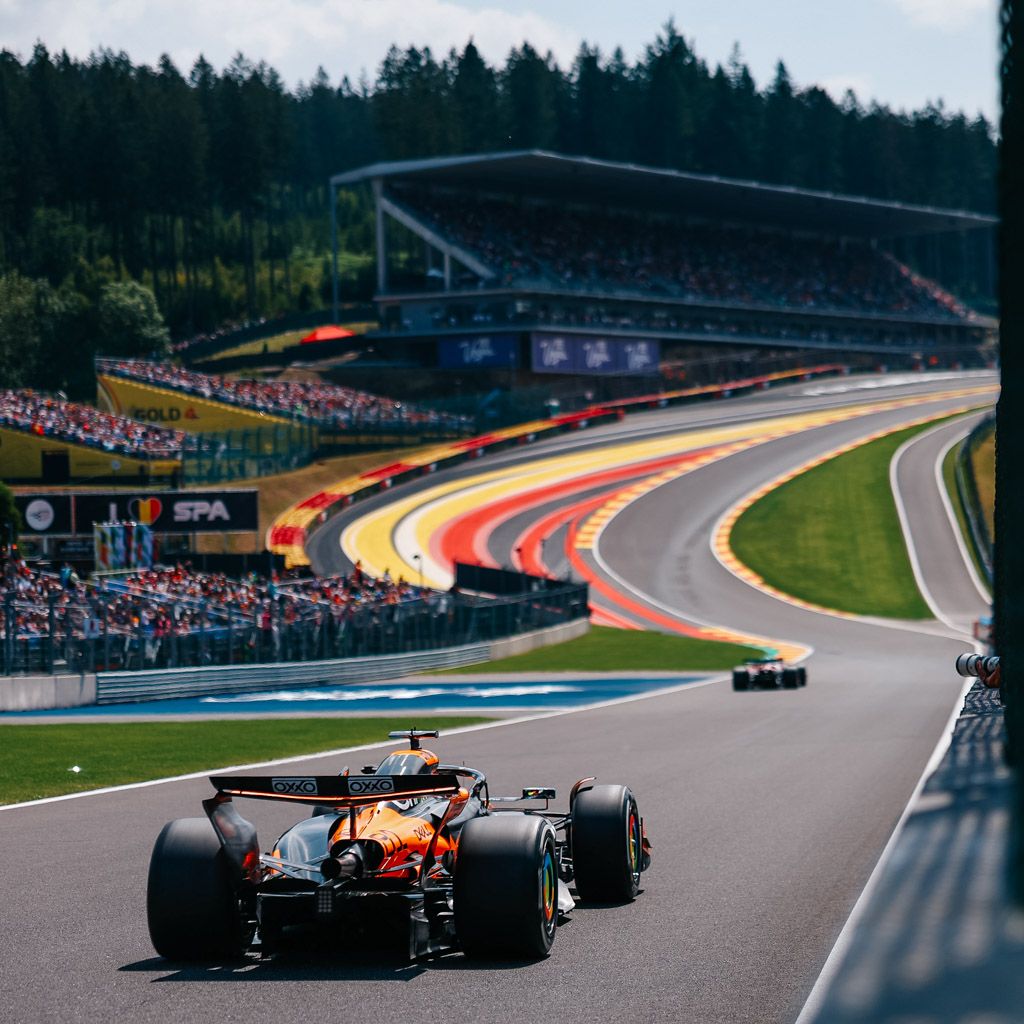
F1 announces long-term extension with the Belgian GP
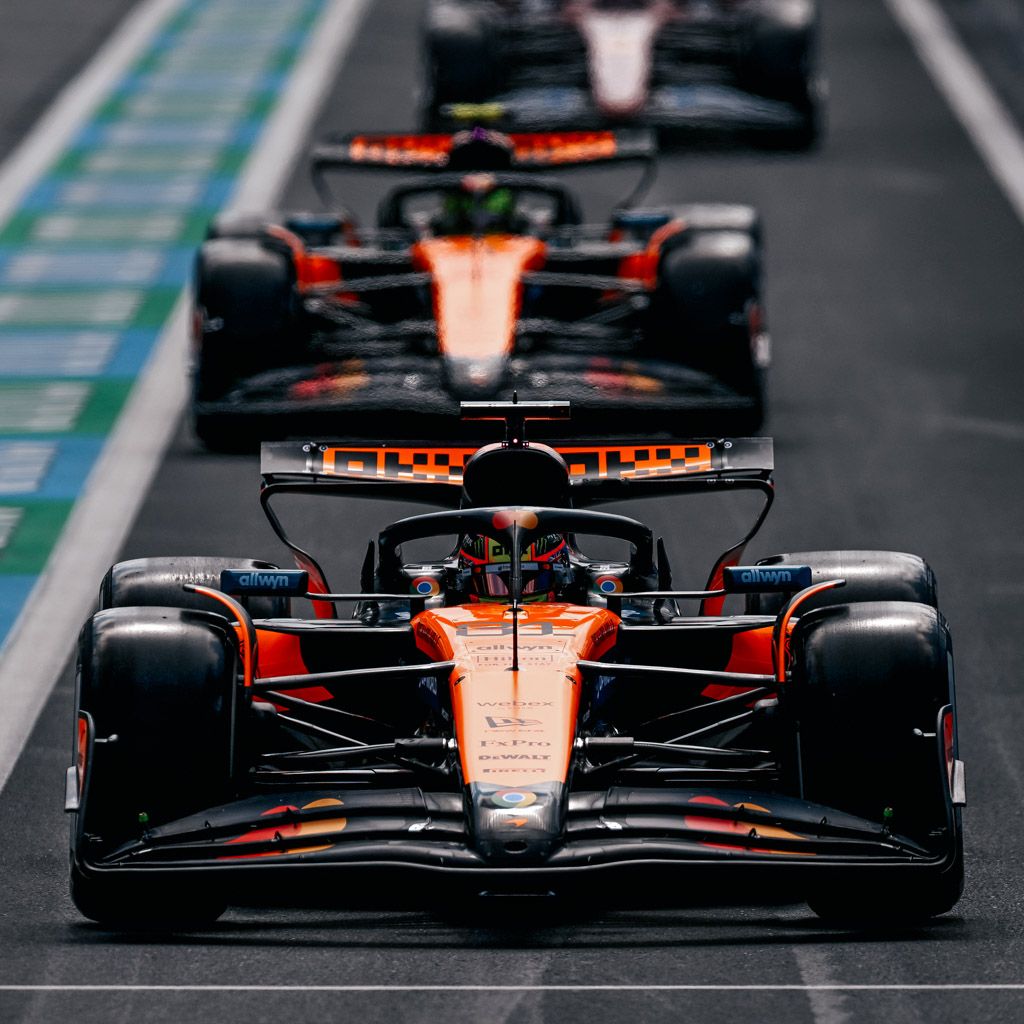
Your guide to the 2025 F1 Sprint format

Brad Pitt drives the MCL60 around COTA to celebrate the global release of F1® The Movie
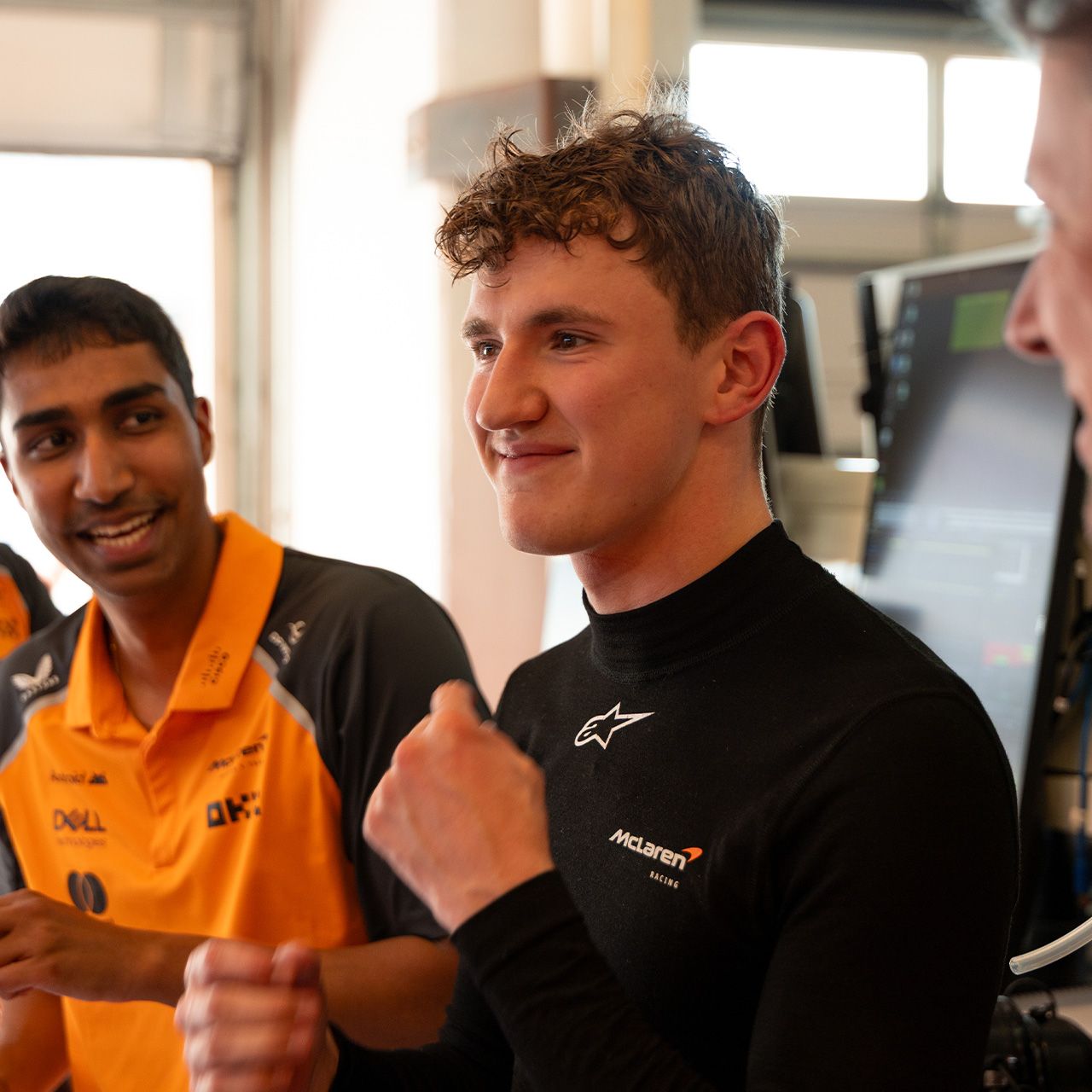
Behind the scenes of Alex Dunne’s first F1 test
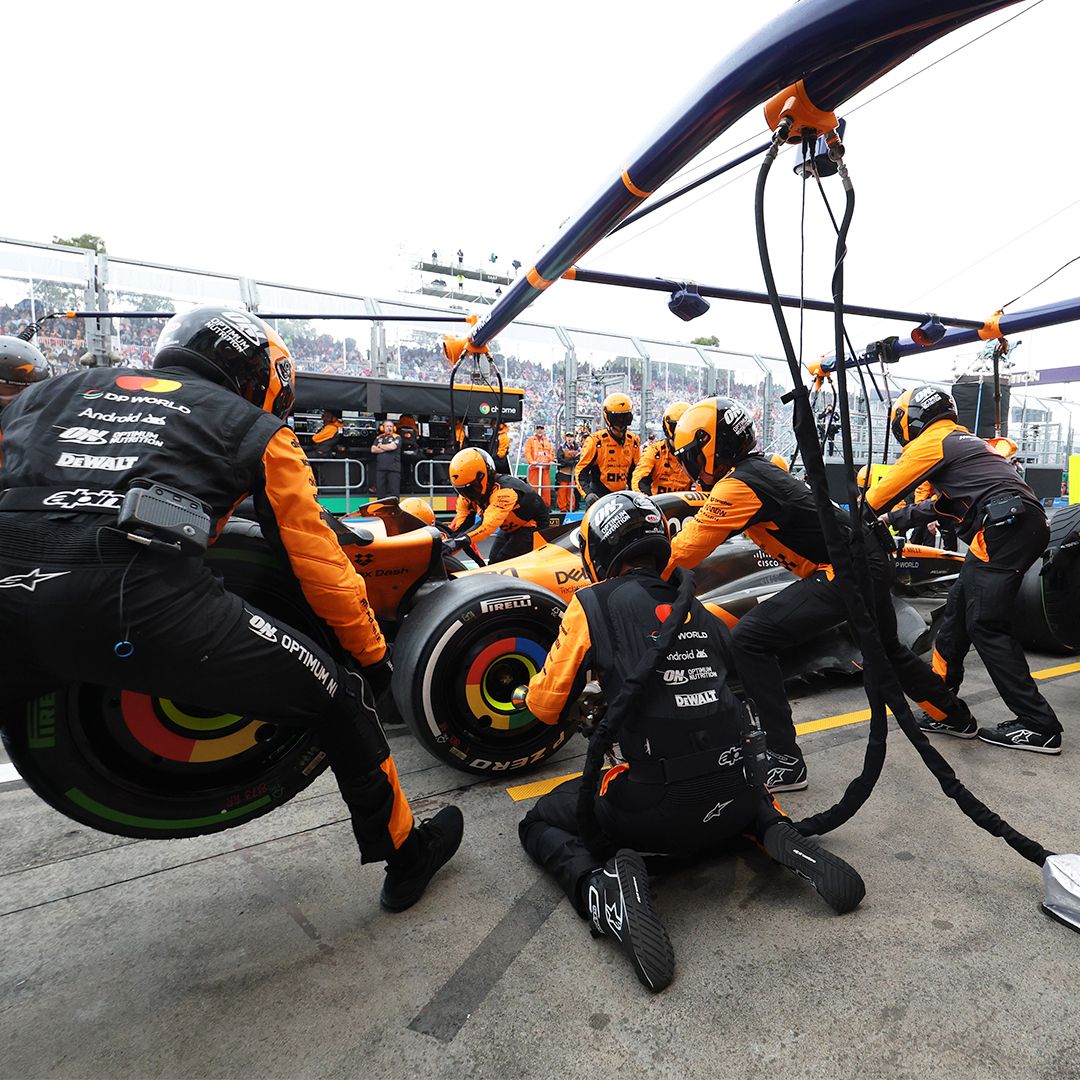
Rotation, role selection, and plenty of practice: Behind the scenes of a well-executed pit stop
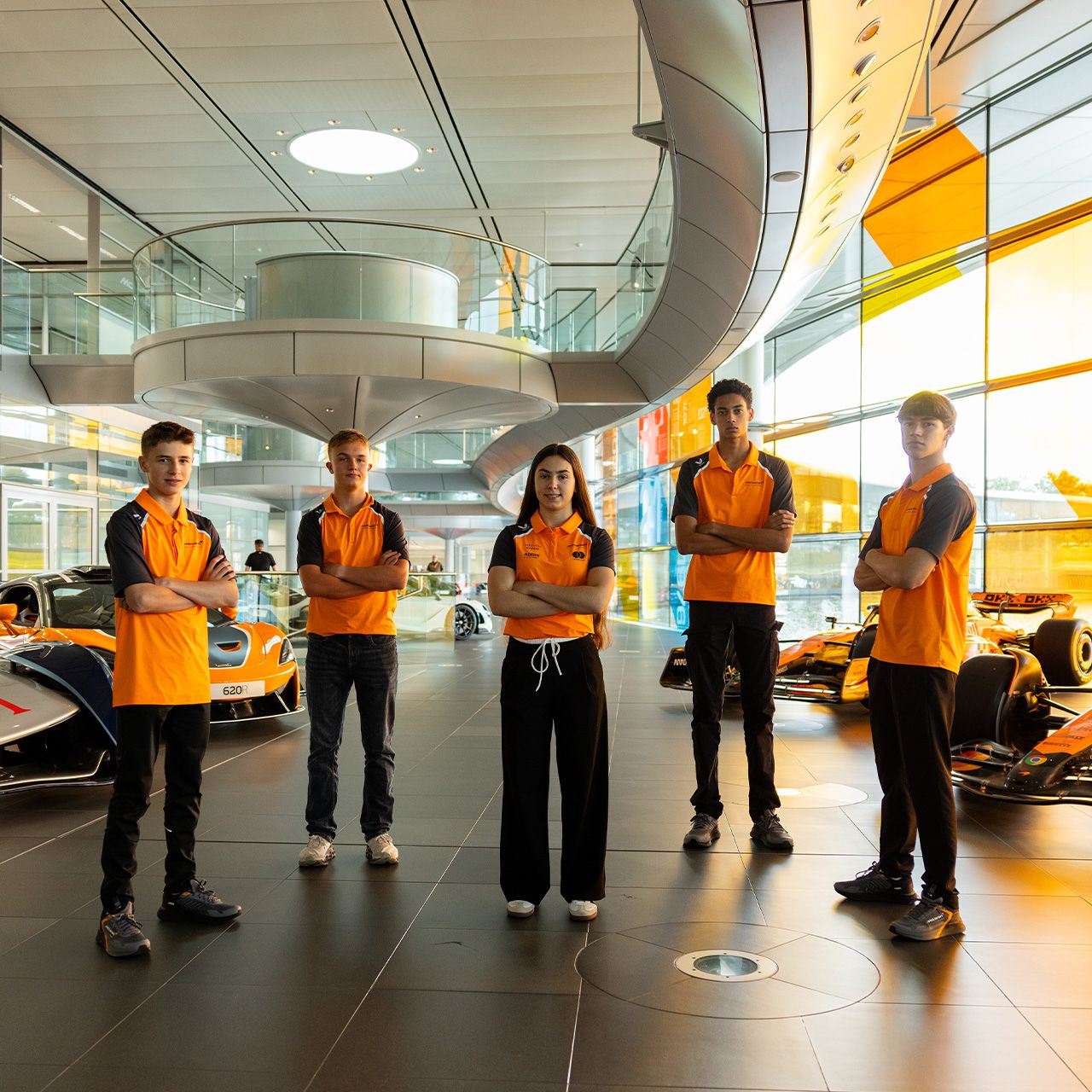
Inside McLaren’s Driver Development Programme


